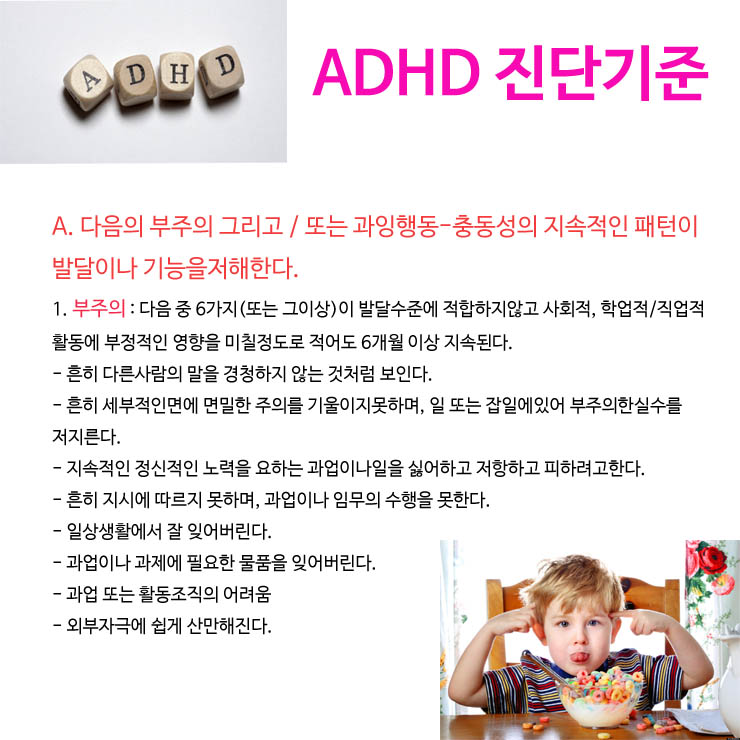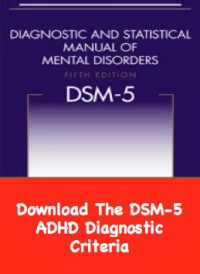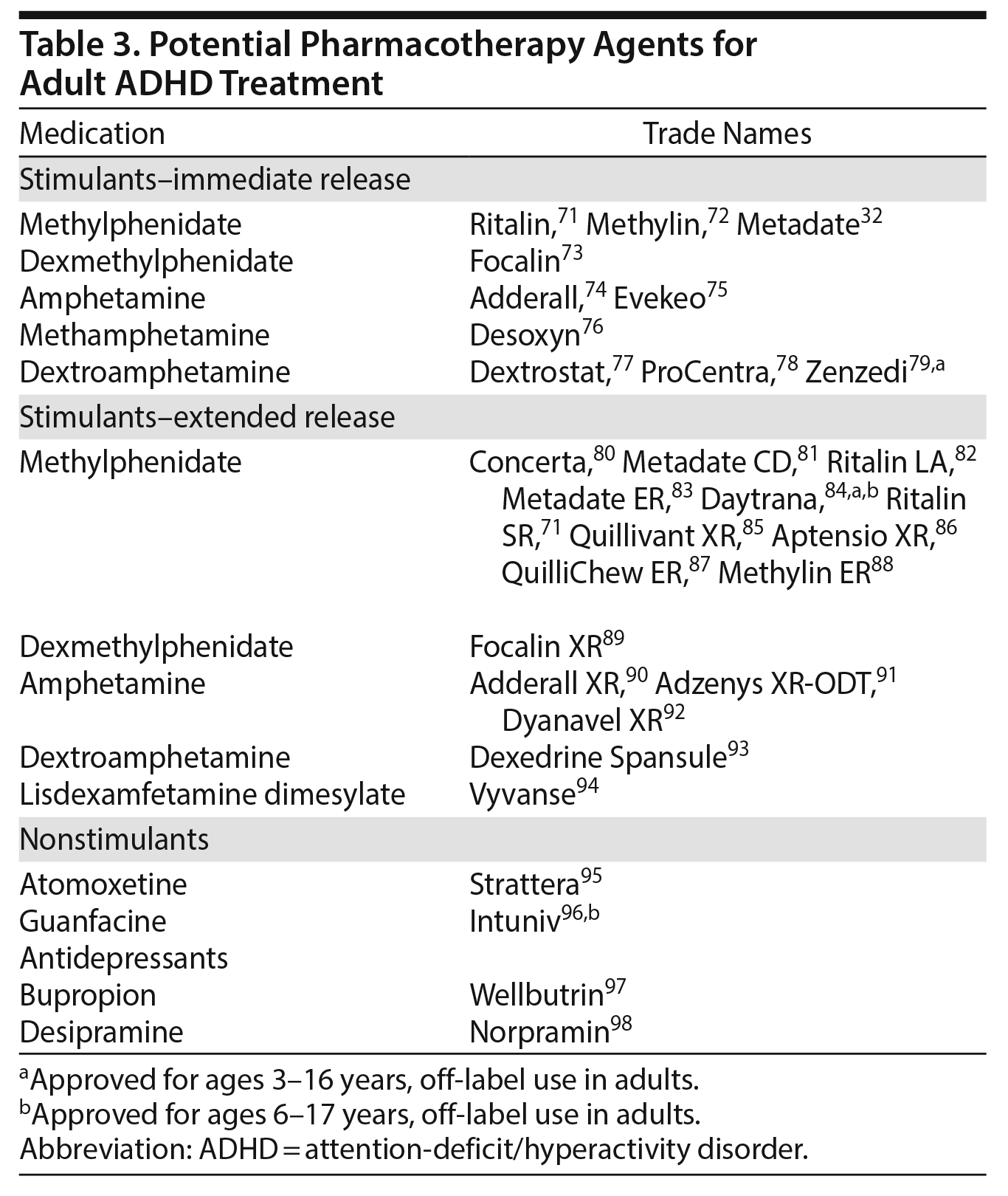

Section I describes DSM-5 chapter organization, its change from the multiaxial system, and Section III's dimensional assessments.

The DSM-5 is divided into three sections, using Roman numerals to designate each section.
5.4 National Institute of Mental Health. 5.3 British Psychological Society response. 5.2 Borderline personality disorder controversy. 1.3.1 Alternative DSM-5 model for personality disorders. 1.3 Section III: emerging measures and models. 1.2.16 Substance-related and addictive disorders. 1.2.15 Disruptive, impulse-control, and conduct disorders. 1.2.9 Somatic symptom and related disorders. 1.2.7 Trauma- and stressor-related disorders. 1.2.6 Obsessive-compulsive and related disorders. 1.2.2 Schizophrenia spectrum and other psychotic disorders. 1.2 Section II: diagnostic criteria and codes. Critics assert, for example, that many DSM-5 revisions or additions lack empirical support inter-rater reliability is low for many disorders several sections contain poorly written, confusing, or contradictory information and the psychiatric drug industry may have unduly influenced the manual's content many DSM-5 workgroup participants had ties to pharmaceutical companies. Many authorities criticized the fifth edition both before and after it was published. Changes in the DSM-5 include the reconceptualization of Asperger syndrome from a distinct disorder to an autism spectrum disorder the elimination of subtypes of schizophrenia the deletion of the "bereavement exclusion" for depressive disorders the renaming of gender identity disorder to gender dysphoria the inclusion of binge eating disorder as a discrete eating disorder the renaming and reconceptualization of Paraphilias, now called paraphilic disorders the removal of the five-axis system and the splitting of disorders not otherwise specified into other specified disorders and unspecified disorders. The DSM-5 is not a major revision of the DSM-IV-TR but there are significant differences. The DSM-5 is the only DSM to use an Arabic numeral instead of a Roman numeral in its title, as well as the only living document version of a DSM. 
Treatment recommendations, as well as payment by health care providers, are often determined by DSM classifications, so the appearance of a new version has practical importance. In the United States, the DSM serves as the principal authority for psychiatric diagnoses.
#DSM 5 ADHD UPDATE#
The Diagnostic and Statistical Manual of Mental Disorders, Fifth Edition ( DSM-5), is the 2013 update to the Diagnostic and Statistical Manual of Mental Disorders, the taxonomic and diagnostic tool published by the American Psychiatric Association (APA).







 0 kommentar(er)
0 kommentar(er)
